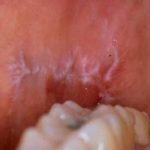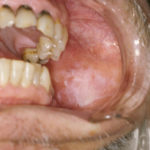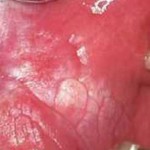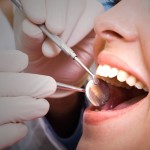
This review effectiveness of aloe vera on alleviating the symptoms of oral submucous fibrosis included 6 RCTs . The findings suggest a possible benefit but 5 of the trials were at high risk of bias so the findings should be viewed cautiously.
[read the full story...]

![By Aitor III (Own work) [Public domain], via Wikimedia Commons](https://www.nationalelfservice.net/cms/wp-content/uploads/2017/10/Leucoexo-150x150.jpg)




